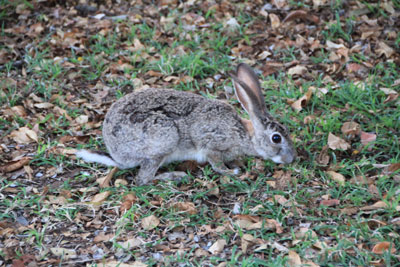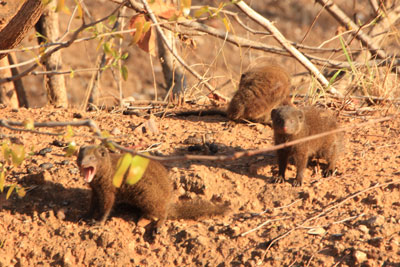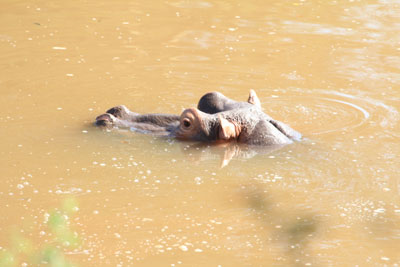

UK
South Africa
Botswana & Namibia
Zimbabwe & Mozambique
Zambia & Malawi
Cruises
Campsites
Although seeing the big cats is always exciting we love watching the other animals as well. Rivers and waterholes are always a draw in the dry season and it's lovely to park up somewhere and and watch the animals making their way down to the water and interact with one another. Elephant faimilies are a favourite and we can watch themfor ages - which we did at the Punda Maria campspite as we could see the waterhole from our pitch. A tiny baby elephant calf suckling its mum. Younsters enjoying the mud in the Sabie River. The most common sightings are always buck, in particular impala. November to January is when the young impala are born so we were hoping to see some,however it wasn't until our last couple of days right at the Souther n end of the park that we saw a few. A group of impala enjoying some new grass in a dry river bed. The first baby impala that we saw. A male nyala at the Punda Maria waterhole. We saw this male waterbuck from a bridge over the Letaba River. A female nyala and her calf at the Punda Maria waterhole. Giraffe are another favourite and we saw them throughout the Park. It's quite unusual for giraffe to lie down. This pair managed to find a shady spot on a very hot day. There were over 20 giraffe in this group in the Sabie River. JUst as we spotted them we saw a few of them chase a hyena up the opposite hillside. We spent the best part of 2 hours at Transport Dam which, unlike many of the other Dams, had plenty of water. During that time there was a constant stream of animals coming down to drink - zebra, wildebeest, impala, waterbuck and kudu. The zebra were the most skittish, they would come a little way, stop and have a good look round and then come a little further. Something would then spook one of them and they'd all run off for a short distance before repeating the process. Eventually one of them would make it to the water and the others would then follow. We watched this wathog family for ages. The four youngsters spent most of the time playing with each other, after which they needed a drink from mum. We saw a cloud of dust over the Sabie River and stopped to watch a large group of buffalo heading quickly down to the water. Once they'd made their way to the river the dust settled and we watched them until they started heading up the hill towards us. Poaching is still a big problem in Kruger, especially rhino. We were lucky enough to see some on a few occassions. This scrub hare was enjoying the grass at the Balule Bush Camp early one morning. A few members of a group of dwaft mongooses that did stop to keep an eye on us. 1. From Richmond to Pafuri - via Blouberg Nature Reserve and Mapungubwe National Park. Hippoes were present wherever there was water.
Kruger National Park, South Africa. November 2018.
4. Kruger -Other Animals
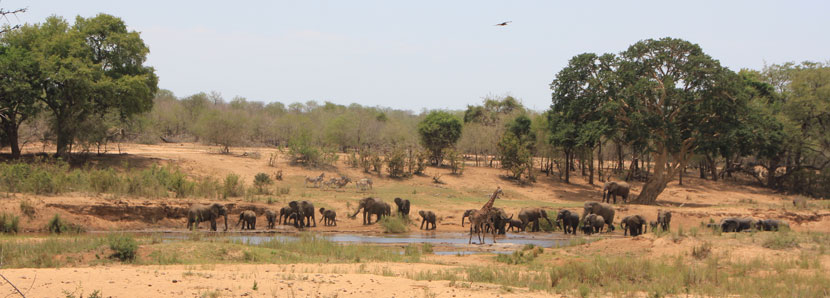
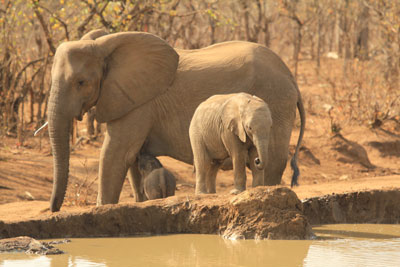
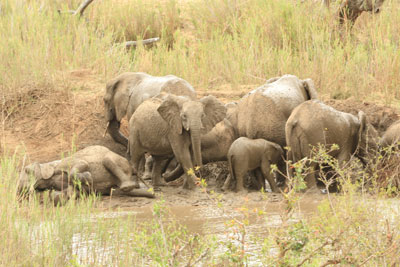
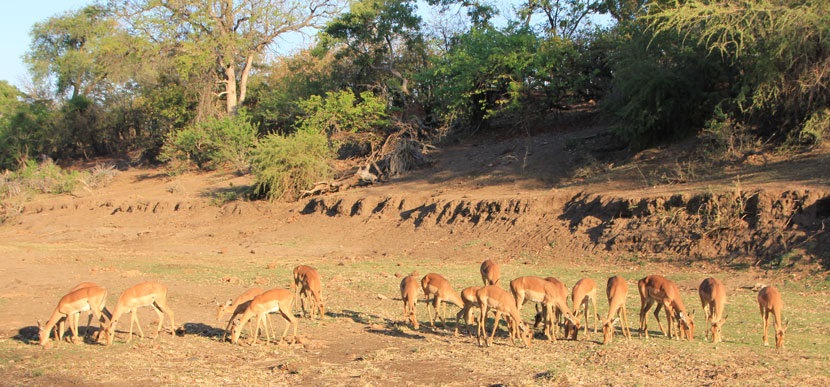
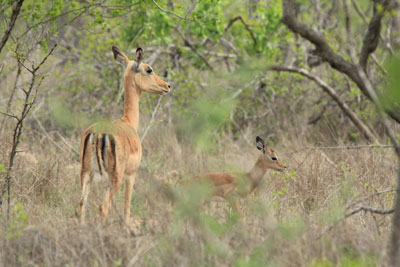
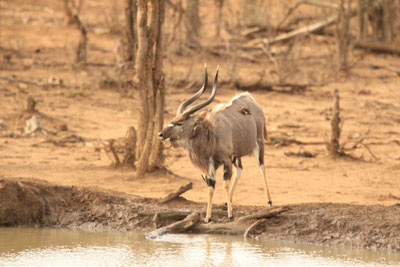
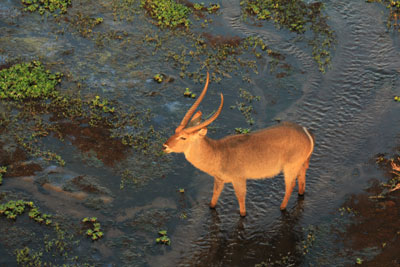
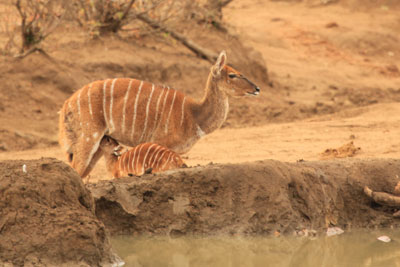
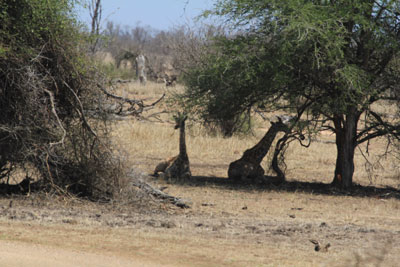
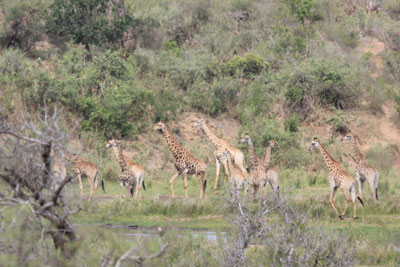
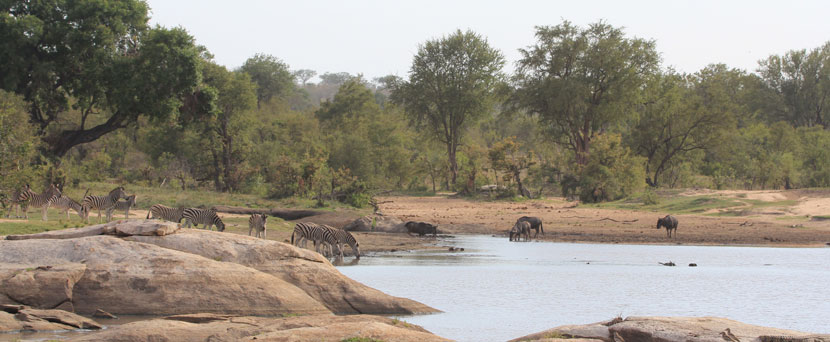
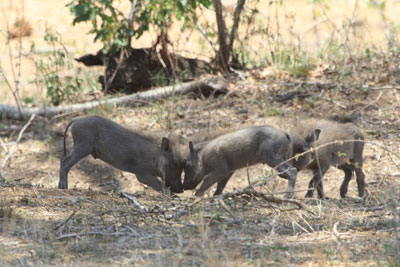
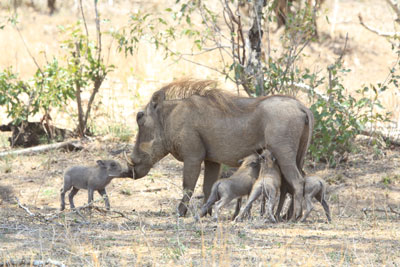
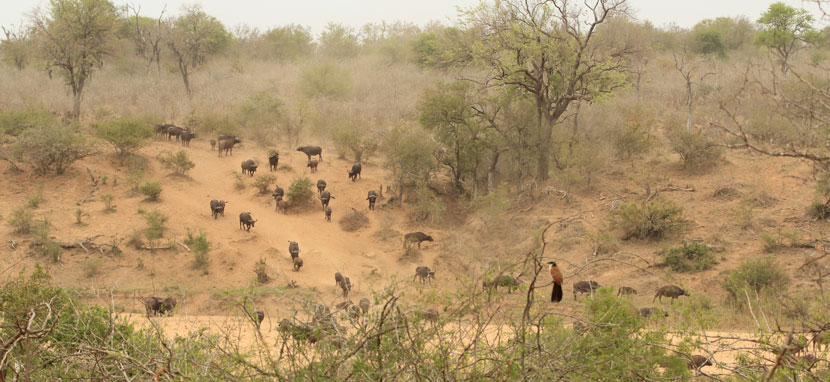
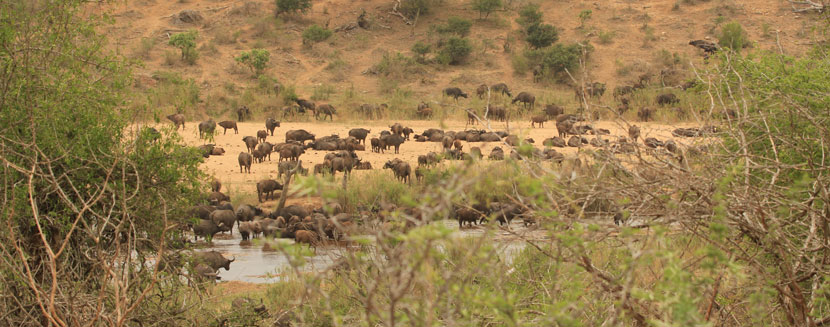
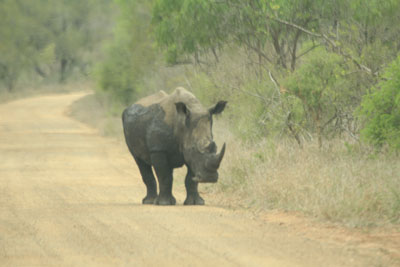
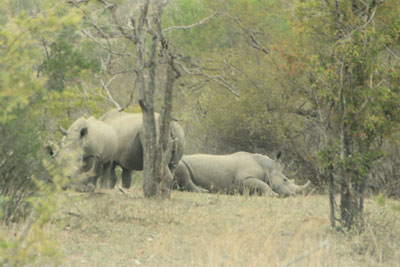
We don't ignore the smaller animalsbut many of them rarely stay in one place long enough to get a decent photo.
